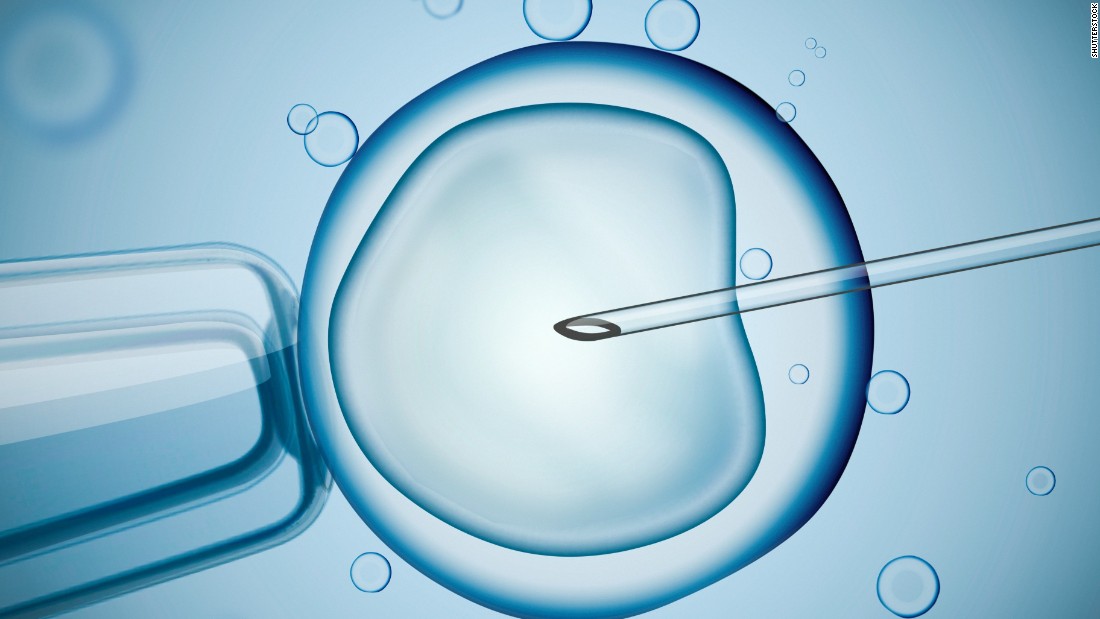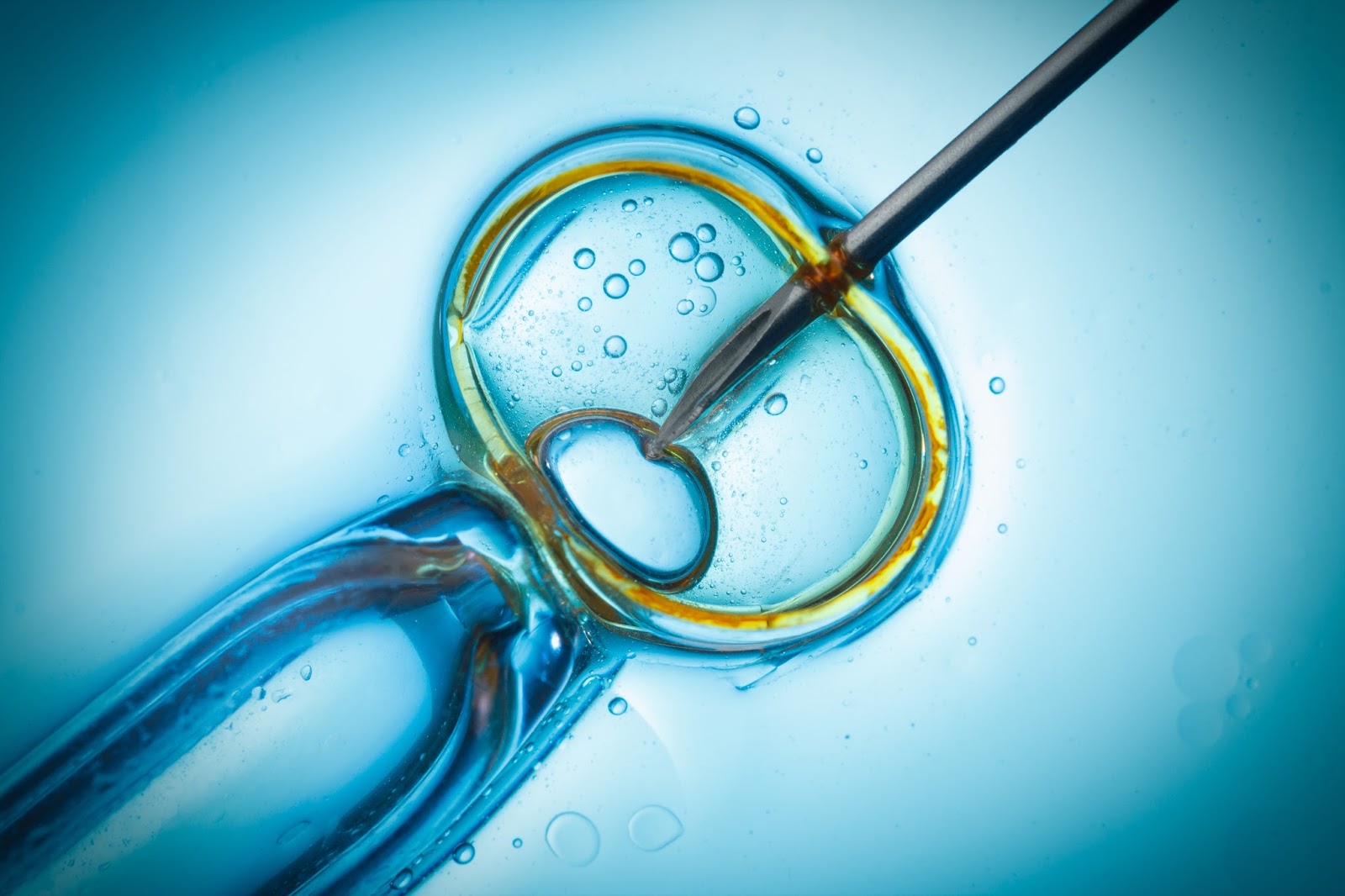
What Did JD Vance Say About IVF? A Deep Dive into His Views and What They Mean for You
April 21, 2025
What Is IVF? A Deep Dive into In Vitro Fertilization
April 22, 2025What Is an IVF Baby?

What Is an IVF Baby?
When you hear the term “IVF baby,” you might picture a tiny miracle born through a mix of science and hope. And you’d be right! An IVF baby is a child conceived through in vitro fertilization—a process where doctors help bring sperm and egg together outside the body, then place the resulting embryo into the uterus. It’s a journey that blends cutting-edge technology with the age-old dream of starting a family. Whether you’re curious about how it works, why people choose it, or what makes these babies so special, this article dives deep into every angle of the IVF baby story.
IVF isn’t just a medical procedure; it’s a lifeline for millions of families worldwide. In 2025, with advancements in fertility treatments and growing awareness, more people than ever are turning to IVF. So, let’s explore what an IVF baby really is, how they come to be, and what this process means for parents, kids, and even society.

The Basics: How Does IVF Work?
An IVF baby starts with a process that sounds like something out of a sci-fi movie—but it’s very real and surprisingly straightforward. In vitro fertilization (IVF) means “fertilization in glass,” and it happens in a lab, not inside the body. Here’s how it unfolds:
- Stimulation: A woman takes special medications to boost her ovaries into producing multiple eggs—way more than the usual one per month. Doctors monitor this closely with ultrasounds and blood tests.
- Egg Retrieval: Once the eggs are ready, a doctor uses a thin needle to collect them from the ovaries. Don’t worry—it’s done under light sedation, so it’s not as scary as it sounds!
- Fertilization: In the lab, the eggs meet the sperm (either from a partner or a donor). Scientists watch as the magic happens—sometimes giving nature a nudge by injecting sperm directly into an egg (a technique called ICSI).
- Embryo Growth: The fertilized eggs grow into embryos over a few days. Experts check their progress to pick the healthiest ones.
- Transfer: One or more embryos are placed into the uterus using a tiny catheter. If all goes well, an embryo implants, and pregnancy begins!
About two weeks later, a blood test confirms if the process worked. If it did, that little embryo becomes an IVF baby nine months down the road. Pretty cool, right?
What’s amazing is how common this has become. According to the CDC, over 400,000 IVF cycles happened in the U.S. alone in 2021, and that number’s only growing as technology improves. Today, roughly 2% of all babies born in the U.S. start as IVF miracles.
Why Do People Choose IVF?
Not everyone needs IVF, but for those who do, it’s a game-changer. Families turn to it for all kinds of reasons—some medical, some personal, and some a mix of both. Here are the big ones:
- Infertility Struggles: About 1 in 8 couples in the U.S. face trouble getting pregnant naturally. Blocked fallopian tubes, low sperm count, or conditions like endometriosis can make IVF the best option.
- Age Factors: As women get older, their egg quality and quantity drop. IVF can help by using younger, healthier eggs (sometimes from a donor) or freezing eggs for later.
- Same-Sex Couples and Single Parents: For LGBTQ+ families or solo parents, IVF opens the door to biological parenthood using donor eggs, sperm, or surrogates.
- Genetic Concerns: If a family has a history of serious genetic diseases, IVF lets doctors screen embryos to ensure a healthy baby.
Take Sarah and Mike, for example. After three years of trying to conceive, they learned Sarah’s ovaries weren’t releasing eggs properly. IVF gave them a chance to build their family—and now they’re chasing after twin toddlers! Stories like theirs show why IVF is more than just science—it’s hope in action.
What Makes an IVF Baby Special?
Here’s a fun question: Are IVF babies any different from babies conceived the old-fashioned way? Spoiler alert: Not really! Once they’re born, IVF babies are just as unique, messy, and wonderful as any other kid. But their journey to existence? That’s where the special part comes in.
- A Team Effort: IVF babies often arrive thanks to a squad of doctors, nurses, and lab experts—not to mention the determination of their parents. It’s like they’ve got a cheering section before they even take their first breath!
- Born from Resilience: The road to an IVF baby can be bumpy—think emotional ups and downs, hormone shots, and big decisions. These little ones represent grit and love in a way that’s hard to match.
- Science Meets Nature: IVF blends human ingenuity with the miracle of life. It’s a reminder of how far we’ve come—and how much we still rely on biology’s magic.
One myth we should bust right now: IVF babies aren’t “test-tube babies” in some creepy lab experiment. They grow in a mom’s womb just like anyone else after that initial lab assist. And studies—like one from the National Institutes of Health in 2023—show IVF kids are just as healthy and happy as their peers.
The IVF Journey: A Peek Behind the Scenes
If you’re wondering what it’s like to create an IVF baby, picture a rollercoaster with lots of twists, turns, and a big payoff at the end. It’s not a one-day deal—it takes weeks, sometimes months, and a whole lot of patience. Let’s break it down:
Step 1: Preparing the Body
Before anything starts, doctors run tests to figure out what’s going on. Bloodwork, ultrasounds, and even sperm analysis help create a custom plan. Then come the meds—daily injections to get those ovaries in gear. It’s not glamorous, but it’s worth it.
Step 2: The Waiting Game
After the embryo transfer, there’s a nerve-wracking two-week wait. Parents-to-be might feel every twinge and wonder, “Is this it?” A positive pregnancy test is the green light—but even then, it’s just the beginning.
Step 3: Growing a Baby
Once pregnancy is confirmed, it’s business as usual: prenatal vitamins, checkups, and watching that belly grow. The IVF part is done, and nature takes over.
For many, the toughest part isn’t the needles or the waiting—it’s the emotional ride. A 2024 study from the American Society for Reproductive Medicine found that 60% of IVF patients felt “cautiously optimistic” during the process, while 25% battled anxiety. Support groups and counseling can make a huge difference here.
✔️ Pro Tip: Journaling your feelings or joining an online IVF community can ease the stress. You’re not alone on this ride!
❌ Heads-Up: Don’t skip follow-up appointments—those early weeks are key to catching any hiccups.

IVF Babies and Health: What’s the Latest Research?
Parents often ask: Are IVF babies healthy? The short answer is yes, but let’s dig into the details. Science has been tracking IVF kids for decades—starting with Louise Brown, the world’s first IVF baby, born in 1978. Here’s what we know in 2025:
- Birth Outcomes: IVF babies are slightly more likely to be born early or with a lower birth weight, especially if multiple embryos are transferred (think twins or triplets). A 2023 Lancet study pegged this risk at about 10% higher than natural births.
- Long-Term Health: Once they’re past infancy, IVF kids do great. A 2024 review from the Journal of Pediatrics found no major differences in heart health, growth, or brain development compared to other kids.
- New Tech, Better Odds: Advances like single-embryo transfer (SET) cut the risks of multiples, making IVF safer than ever. In 2022, 70% of U.S. IVF cycles used SET, up from 50% a decade ago.
One cool twist? Researchers are now studying how IVF might affect things like allergies or metabolism later in life. Early data from a 2025 UCLA study hints that IVF kids might have a tiny edge in immune system strength—possibly because of the careful embryo selection. It’s still early days, but it’s exciting to think about!
Real Stories: IVF Babies and Their Families
Numbers and science are great, but stories bring IVF to life. Meet Emma, a single mom in Oregon who always dreamed of a family. At 38, she used IVF with donor sperm to welcome her son, Liam, in 2024. “It wasn’t easy—two rounds, lots of tears—but holding him made every second worth it,” she says.
Then there’s Raj and Priya, a couple in California who faced male infertility. After trying naturally for years, they turned to IVF with ICSI (that sperm injection trick). Their daughter, Anika, arrived in 2023. “We call her our little scientist,” Raj laughs. “She’s proof that love and labs can mix.”
These stories aren’t rare. Over 8 million IVF babies have been born worldwide since 1978, according to the International Committee for Monitoring Assisted Reproductive Technologies. Each one’s a testament to what’s possible when determination meets innovation.
Busting IVF Myths: What You Might Not Know
IVF gets a lot of buzz, but not all of it’s true. Let’s clear up some misconceptions floating around:
- Myth: IVF babies are “artificial.”
- Truth: Nope! They’re 100% human, just conceived with a little help. The lab part only kickstarts the process—nature does the rest.
- Myth: IVF always means twins or triplets.
- Truth: Not anymore. Single-embryo transfers are the norm now, dropping multiple births to under 10% in many clinics.
- Myth: IVF is only for rich people.
- Truth: It’s pricey—about $12,000-$15,000 per cycle in the U.S.—but insurance coverage is growing. Plus, some clinics offer payment plans or discounts.
Here’s a quick poll to get you thinking:
Poll: What’s the biggest IVF myth you’ve heard?
- A) It’s unnatural
- B) It’s only for older women
- C) It always works the first time
- Drop your answer in the comments—I’d love to hear!
The Cost of an IVF Baby: Dollars and Sense
Let’s talk money, because IVF isn’t cheap. In 2025, a single IVF cycle in the U.S. averages $12,400, per the American Society for Reproductive Medicine. Add in meds ($3,000-$5,000) and extras like genetic testing ($2,000), and you’re looking at $15,000-$20,000 per try. Success isn’t guaranteed—about 40% of cycles for women under 35 lead to a live birth, dropping with age.
But here’s the good news: Options are expanding. Some states, like New York and California, mandate insurance coverage for IVF. Clinics also offer financing, and nonprofits like BabyQuest provide grants. For example, a couple I spoke to in Texas cut costs by joining a “shared risk” program—paying upfront for multiple cycles with a refund if it didn’t work.
Here’s a breakdown:
| Expense | Cost Range | Tips to Save |
|---|---|---|
| IVF Cycle | $12,000-$15,000 | Look for clinics with packages |
| Medications | $3,000-$5,000 | Compare pharmacies or go generic |
| Genetic Testing | $1,500-$3,000 | Skip if not needed |
| Frozen Embryo Transfer | $3,000-$5,000 | Freeze extras for later |
✔️ Money-Saving Hack: Ask about clinical trials—some offer free or discounted IVF in exchange for research participation.
IVF Babies and Society: A Bigger Picture
IVF isn’t just a personal choice—it’s shaping the world. In 2025, it’s tied to big trends, from family diversity to ethical debates. Here’s how:
- Changing Families: IVF lets more people—single parents, same-sex couples, older adults—build families their way. It’s rewriting what “traditional” means.
- Ethical Questions: Some worry about “designer babies” or unused embryos. But experts say most parents just want a healthy kid, not a perfect one.
- Population Boost: In places like Japan, where birth rates are dropping, IVF is a tool to keep society growing. A 2024 government report there showed a 15% uptick in IVF use since 2020.
Trending on X lately? Posts about IVF access—especially after recent U.S. policy shifts—show it’s a hot topic. People want affordable, fair options, and they’re vocal about it.
Three Things You Haven’t Heard About IVF Babies
Most articles cover the basics, but here are three angles you won’t find everywhere:
1. The Epigenetic Twist
Scientists are digging into how IVF might tweak a baby’s epigenetics—tiny chemical tags on DNA that control how genes work. A 2025 study from Stanford suggested IVF embryos might adapt faster to stress, possibly due to lab conditions. It’s not a health risk—just a fascinating “what if” that could mean IVF kids are extra resilient.
2. Sibling Connections
Ever heard of “IVF siblings”? Couples often freeze extra embryos, leading to brothers or sisters born years apart from the same cycle. My friend Lisa’s kids, born in 2021 and 2024, share DNA from embryos created on the same day. It’s a time capsule of family love!
3. The Mental Health Bonus
New research hints that IVF parents might bond differently. A 2024 University of Michigan study found that after the rollercoaster of IVF, parents reported higher gratitude and closeness with their kids compared to natural conception parents. Maybe the struggle makes the snuggles sweeter.
Your IVF Baby Questions, Answered
Got questions? Here are some I’ve heard from readers—answered with a fresh take:
- Q: Can IVF babies have kids of their own?
- A: Absolutely! There’s no evidence IVF affects their fertility. Louise Brown, that first IVF baby, had her own kids naturally in the 2000s.
- Q: How do I know if IVF is right for me?
- A: Chat with a fertility doc, but also think about your goals. Want a bio kid no matter the cost? IVF might be your path. Need a budget-friendly option? Adoption’s worth a look too.
- Q: Are IVF pregnancies riskier?
- A: A bit, mostly due to multiples or mom’s age. But with modern care, most sail through just fine.
Mini Quiz: Test Your IVF Smarts!
- What does “in vitro” mean?
- A) In the womb
- B) In glass
- C) In a test tube
- How many IVF babies are born worldwide?
- A) 1 million
- B) 8 million
- C) 20 million
(Answers: 1-B, 2-B—did you ace it?)
Tips for Aspiring IVF Parents
Thinking about IVF? Here’s some practical advice from folks who’ve been there:
- Start Early: The younger you are, the better your odds. Women under 35 have a 40% success rate per cycle; over 40, it’s closer to 15%.
- Pick the Right Clinic: Success rates vary—check the CDC’s clinic data online. A place with a 50% live birth rate beats one at 20%.
- Lean on Support: Friends, family, or a therapist can keep you grounded. One mom told me, “My sister’s pep talks got me through the tough days.”
✔️ Bonus Tip: Freeze embryos if you can—it’s cheaper than starting over if you want more kids later.
The Future of IVF Babies
What’s next for IVF? In 2025, the field’s buzzing with possibilities:
- AI Boost: Artificial intelligence is picking the best embryos with scary accuracy—upping success rates by 10%, per a 2024 Fertility and Sterility report.
- Gene Editing: Tools like CRISPR could one day zap out diseases before implantation. It’s controversial, but trials are underway.
- Affordable Access: Startups are testing “mini-IVF” with fewer drugs, slashing costs to $5,000-$7,000. Could this be the game-changer?
Imagine a world where IVF’s as routine as a dentist visit. We’re not there yet, but every year, it gets closer.

